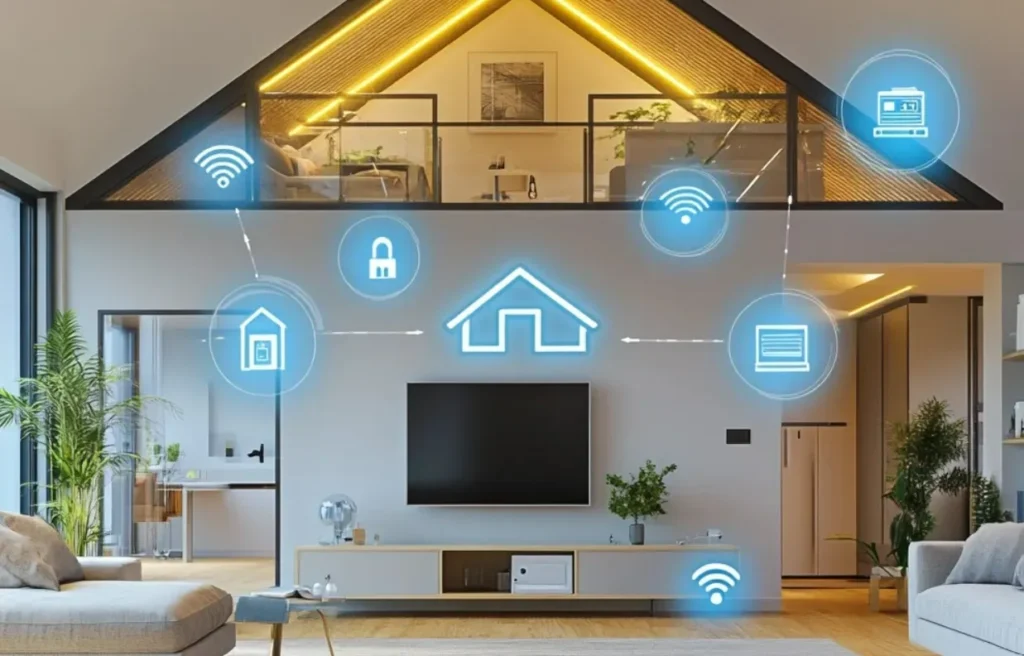
Smart Home Integration Challenges: Navigating Complexity
In today’s rapidly advancing technological world, the concept of a smart home is becoming increasingly appealing. However, with the promise of convenience and efficiency comes a set of smart home integration challenges that homeowners must navigate. Understanding these challenges is crucial in creating a seamless and efficient smart home ecosystem.

Understanding Smart Home Integration
Before diving into the challenges, it’s important to understand what smart home integration entails. It involves connecting various smart devices and systems within a home to work together harmoniously. This integration allows for enhanced control and automation, providing homeowners with an interconnected living experience.
Common Challenges in Smart Home Integration
1. Compatibility Issues
One of the most significant compatibility issues when integrating smart home devices is ensuring that all devices can communicate effectively. Different manufacturers often use proprietary protocols, leading to compatibility issues. To overcome this, homeowners should research compatible devices or consider using a universal hub that supports multiple protocols. The best smart home hubs can help bridge these gaps.
2. Security Concerns
Security is a paramount concern for any smart home. As more devices connect to the internet, the risk of cyber threats increases. Homeowners must ensure that their network is secure and that each device has the necessary security measures in place. Consider reading more on smart home security for comprehensive protection tips.
3. Network Reliability
The reliability of a home’s network can significantly impact the performance of smart devices. A weak or unstable connection can result in delays or failures in device operation. Investing in a robust Wi-Fi network and possibly a mesh system can enhance connectivity throughout the home.
4. User Experience and Interface
Another challenge is managing the user interfaces of various devices. With each device having a different app or interface, it can become cumbersome for users. Centralizing control through a single app or voice assistant can streamline the user experience. Learn more about integrating voice assistants with your home in this article on home integration with Alexa.
Overcoming Smart Home Integration Challenges
1. Choosing the Right Platform
Selecting the right platform for your smart home is crucial. Platforms like Apple’s HomeKit, Google’s Assistant, or Amazon’s Alexa provide comprehensive solutions for home integration. Each platform offers unique features, so homeowners should choose based on their specific needs and existing devices.
2. Planning and Research
Before purchasing any devices, thorough research and planning can prevent future headaches. Understanding the requirements of each device and ensuring they align with your home’s existing infrastructure is vital.
3. Professional Installation
In some cases, hiring a professional to install and integrate devices can be beneficial. Professionals possess the expertise to ensure that devices are correctly installed and configured, minimizing potential issues.
The Future of Smart Home Integration
As technology continues to evolve, the future of smart home integration looks promising. Developers are working towards creating universal standards that will simplify the integration process, making it more accessible to the average homeowner. According to a recent article, new protocols like Matter are emerging to address these challenges.
Conclusion
While smart home integration challenges exist, they are not insurmountable. With careful planning, research, and the right tools, homeowners can create a seamless smart home experience. Embracing these technologies not only enhances convenience but also adds value to the home.

FAQs
1. What are the main challenges in smart home integration?
The primary challenges include compatibility issues, security concerns, network reliability, and managing multiple user interfaces.
2. How can I ensure my smart home is secure?
Ensure that your network is secured with strong passwords, regularly update device firmware, and use devices with robust security features.
3. Do I need a professional to set up my smart home?
While not necessary, hiring a professional can simplify the process and ensure that devices are installed and configured correctly.
This article contains affiliate links. We may earn a commission at no extra cost to you.